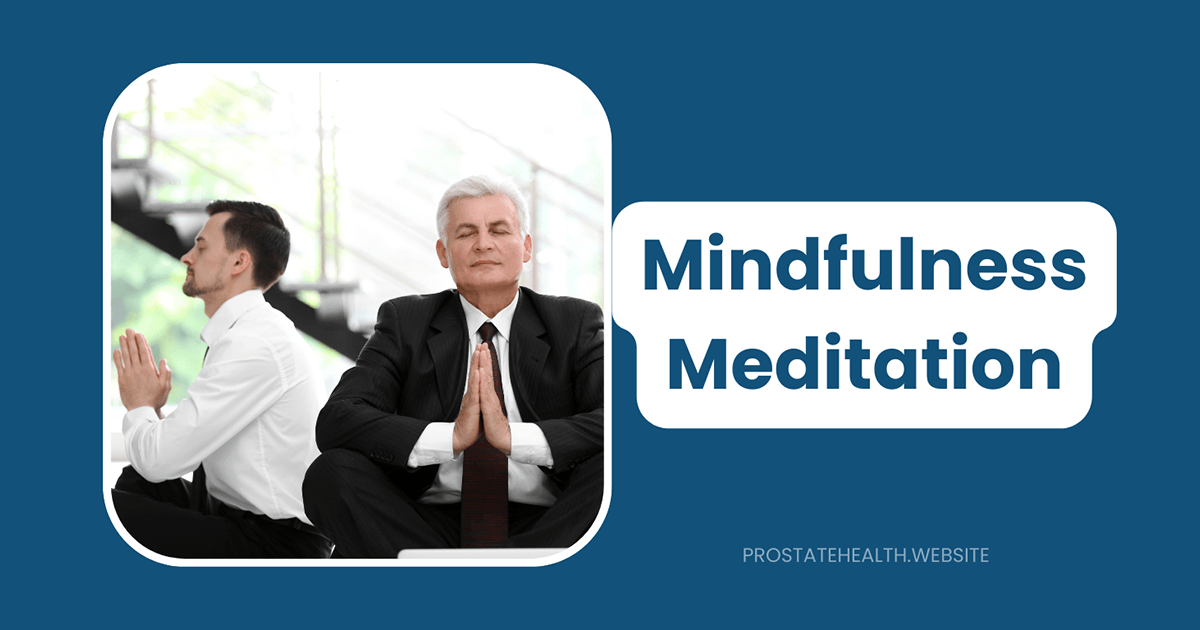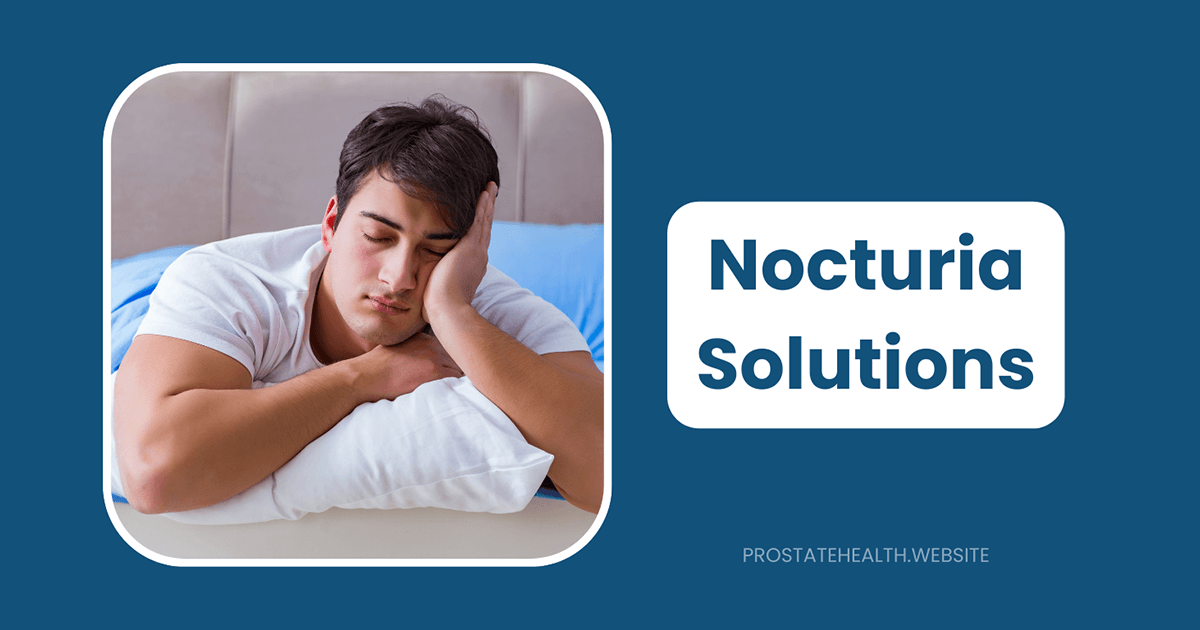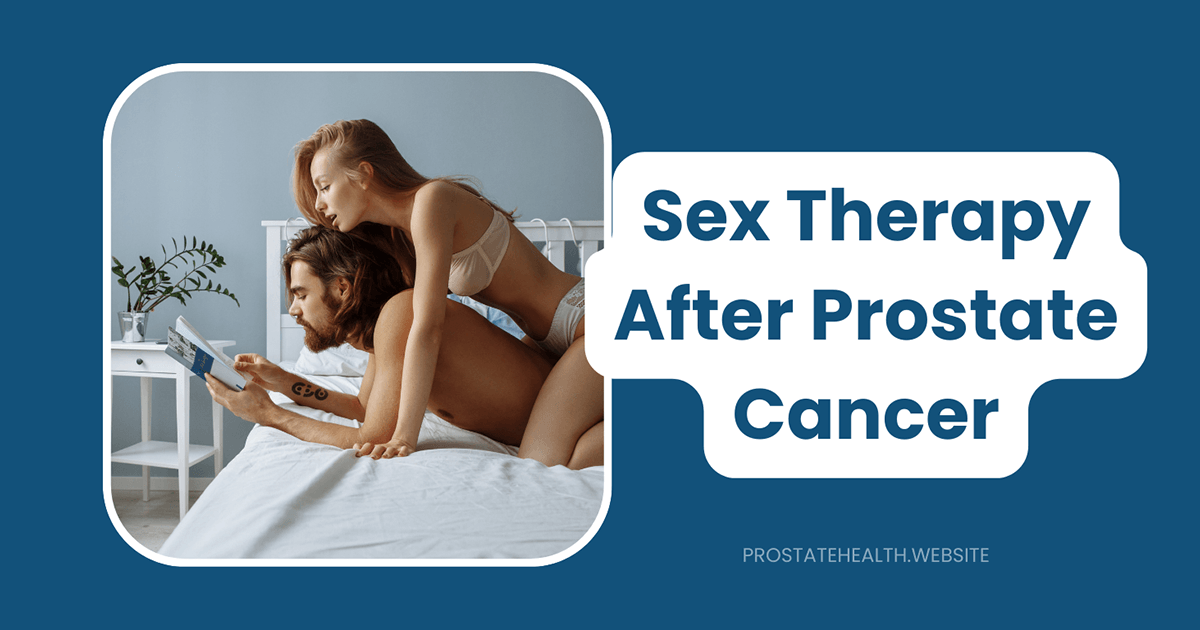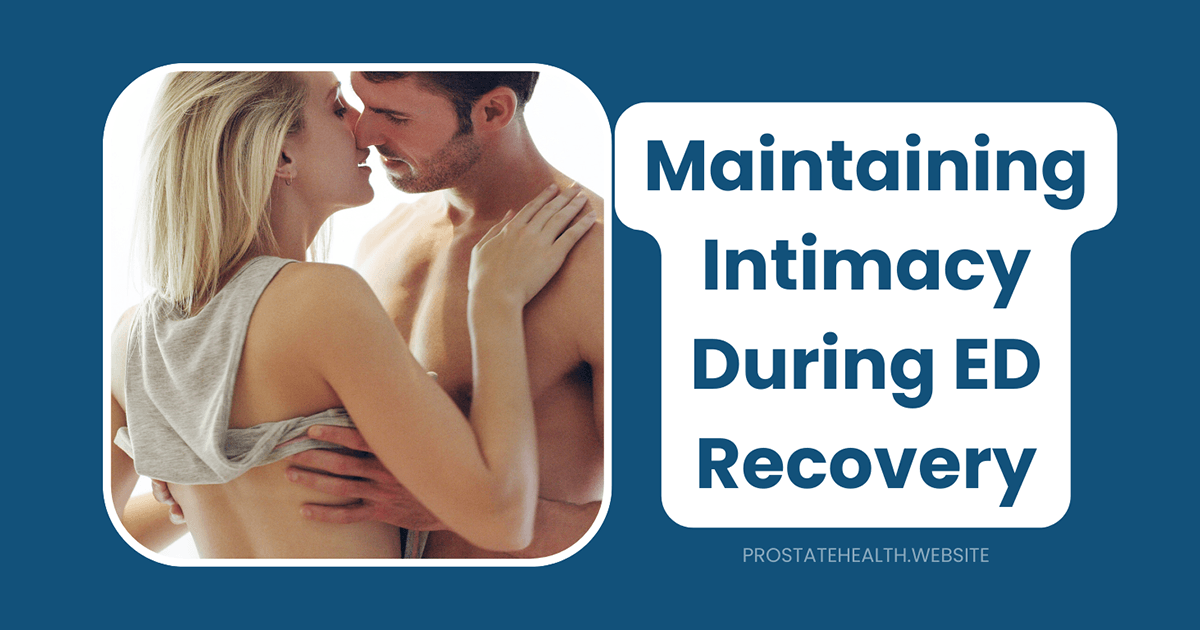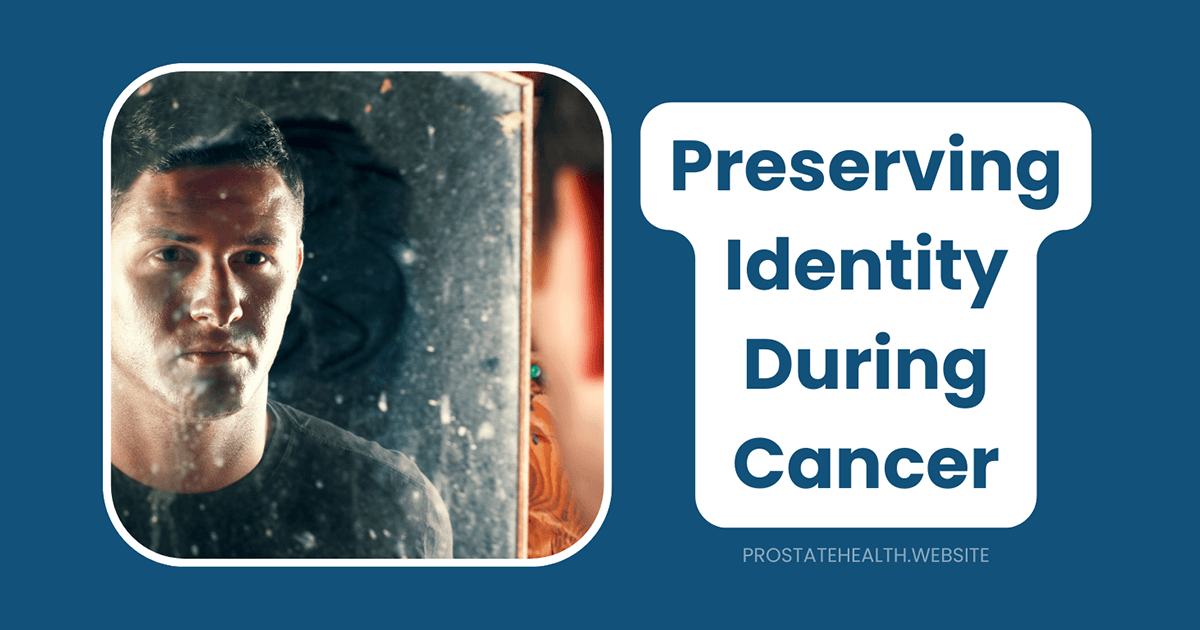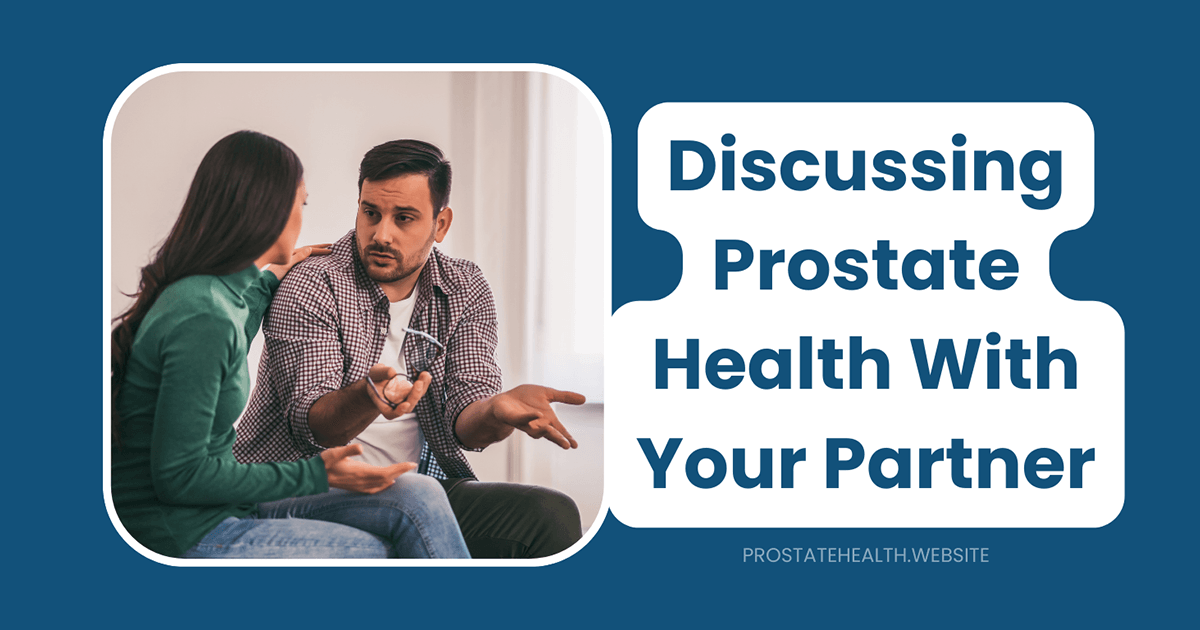Pain Management After Prostate Procedures: Medication and Alternative Approaches
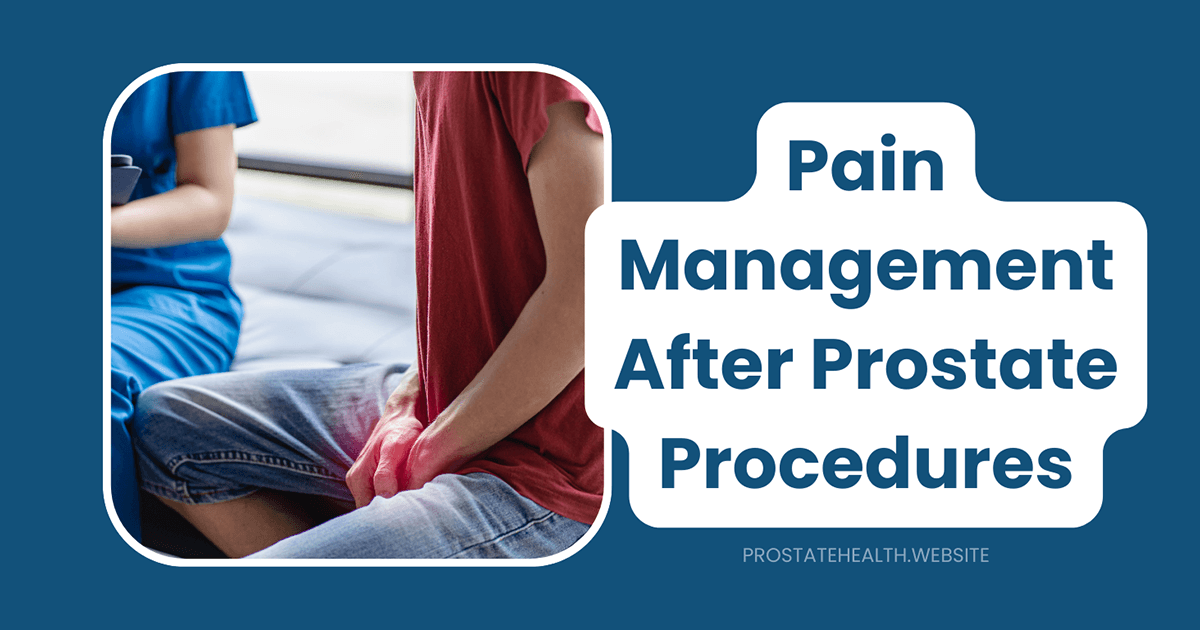
When it comes to prostate procedures—whether you’ve undergone a radical prostatectomy, TURP, biopsy, or another intervention—effective pain management is crucial not just for comfort, but for optimal healing and recovery. As someone who’s guided countless men through this journey, I’ve seen firsthand how the right approach to pain control can dramatically improve outcomes and quality of life during recovery.
The good news? Pain after most modern prostate procedures is typically manageable and temporary. Even better, we now have a diverse toolkit of both medication-based and alternative approaches that can be tailored to your specific needs.
Understanding Post-Procedure Pain
Before diving into solutions, it helps to understand what you might experience. Pain after prostate procedures varies significantly based on several factors:
- Type of procedure: Minimally invasive approaches like robotic-assisted prostatectomy generally cause less pain than traditional open surgeries
- Individual factors: Age, overall health, and personal pain tolerance
- Surgical technique: Skill and approach of your surgeon
- Pre-existing conditions: Previous surgeries or chronic pain issues
According to a 2025 study in the Journal of Urology, most men report their pain after robotic prostatectomy as mild to moderate, with significant improvement after the first week. Open procedures typically involve more discomfort but are still manageable with proper care.
Medication-Based Pain Management
Modern pain management after prostate procedures typically follows a “multimodal” approach—using different medications that work in complementary ways to maximize relief while minimizing side effects.
Non-Opioid Medications
These form the foundation of post-procedure pain control:
NSAIDs (Non-Steroidal Anti-Inflammatory Drugs)
- Examples: Ibuprofen (Advil, Motrin), ketorolac (Toradol), diclofenac
- Benefits: Reduce inflammation and provide effective pain relief
- Considerations: May affect blood clotting; should be used cautiously in patients with kidney issues or bleeding risks
Dr. James Wilson, urologist at Brown Health, notes: “The addition of NSAIDs can decrease opioid use by almost 50% after prostate procedures, making them a cornerstone of modern pain management.”
Acetaminophen (Tylenol)
- Benefits: Effective pain reliever with minimal side effects
- Considerations: Safe for most patients, including those with kidney issues, but should be avoided in liver disease
- Usage: Often scheduled around-the-clock rather than as-needed
COX-2 Inhibitors
- Examples: Celecoxib (Celebrex)
- Benefits: Anti-inflammatory effects with less risk of bleeding than traditional NSAIDs
- Considerations: May be preferred for patients with bleeding concerns
Opioid Medications
While we’ve moved away from opioid-centered pain management, these medications still have an important role in short-term relief after more invasive procedures:
- Examples: Oxycodone, hydrocodone, tramadol
- Benefits: Effective for moderate to severe pain
- Considerations: Side effects include nausea, constipation, drowsiness, and risk of dependence
- Modern approach: Used at the lowest effective dose for the shortest necessary time, often as a “rescue” medication when other approaches aren’t sufficient
Local Anesthetics
These medications numb specific areas and can significantly reduce overall pain:
- Surgical site infiltration: Injecting long-acting local anesthetics like bupivacaine around incision sites
- Nerve blocks: TAP (Transversus Abdominis Plane) blocks are particularly effective for robotic and laparoscopic procedures
- Topical options: Lidocaine patches or gels applied to incision sites
Specialized Approaches
- Intravenous lidocaine: Continuous infusion during and after open procedures has shown significant benefit in reducing pain and speeding recovery
- Antispasmodics: Medications like oxybutynin or tolterodine may help with bladder spasms that can occur after prostate procedures
Alternative and Complementary Approaches
Beyond medications, several non-pharmacological approaches have shown real benefit in managing post-procedure pain:
Physical Techniques
Cold Therapy
- Application: Ice packs applied to the lower abdomen or perineum (area between scrotum and rectum) for 15-20 minutes several times daily
- Benefits: Reduces inflammation, numbs pain, and decreases swelling
- Timing: Most effective in the first 48-72 hours after your procedure
Heat Therapy
- Application: Warm (not hot) compresses or heating pads
- Benefits: Relaxes muscles and improves blood flow
- Timing: Generally more helpful after the initial inflammatory phase (3+ days post-procedure)
Proper Positioning
- Techniques: Elevated head of bed, pillow support between legs when side-lying
- Benefits: Reduces pressure on surgical sites and improves comfort
Mark, a 62-year-old patient who underwent robotic prostatectomy, shared: “The nurses showed me how to position myself with pillows to minimize discomfort. Such a simple thing, but it made a world of difference, especially at night.”
Mind-Body Approaches
Research increasingly supports the effectiveness of these techniques in pain management:
Relaxation Techniques
- Deep breathing: Slow, deliberate breathing that activates the parasympathetic nervous system
- Progressive muscle relaxation: Systematically tensing and releasing muscle groups
- Guided imagery: Visualizing peaceful scenes or healing processes
Meditation and Mindfulness
- Benefits: Reduces anxiety, improves pain tolerance, and enhances overall wellbeing
- Approach: Even short sessions (5-10 minutes) can be beneficial
- Resources: Many free apps and online guides are available specifically for pain management
A 2025 study published in JAMA found that patients who practiced mindfulness for just 10 minutes three times daily reported 30% less pain medication use after surgery compared to control groups.
Distraction Techniques
- Activities: Engaging in enjoyable activities that capture your attention
- Technology: Virtual reality has shown promising results in pain management
- Social engagement: Conversation and connection with others can significantly reduce pain perception
Physical Activity and Movement
While you’ll need to follow specific activity restrictions after your procedure, gentle movement is often beneficial:
- Walking: Even short, slow walks can improve circulation and reduce pain
- Gentle stretching: Following your healthcare provider’s guidance
- Pelvic floor relaxation: Particularly helpful for reducing bladder spasm pain
Complementary Therapies
When used alongside conventional treatments, these approaches may provide additional relief:
Acupuncture and Acupressure
- Evidence: Multiple studies show benefit for post-surgical pain
- Considerations: Seek practitioners experienced with post-surgical patients
Massage Therapy
- Benefits: Reduces muscle tension and promotes relaxation
- Approach: Gentle techniques avoiding surgical areas
- Timing: Generally more appropriate after initial healing (2+ weeks)
Transcutaneous Electrical Nerve Stimulation (TENS)
- How it works: Small electrical currents delivered through skin pads disrupt pain signals
- Benefits: Non-invasive, can be used at home
- Effectiveness: Mixed results but helpful for some patients
Creating Your Personalized Pain Management Plan
The most effective approach combines multiple strategies tailored to your specific situation. Here’s a framework for different phases of recovery:
Immediate Post-Procedure Phase (0-3 days)
- Medications: Scheduled acetaminophen and NSAIDs (if appropriate), with opioids as needed
- Physical techniques: Cold therapy, proper positioning
- Mind-body approaches: Simple breathing exercises, guided relaxation
Early Recovery Phase (4-14 days)
- Medications: Continue scheduled non-opioids, reduce opioids as tolerated
- Physical techniques: Transition to heat therapy if comfortable
- Activity: Gradually increase walking and gentle movement
- Mind-body approaches: Expand to longer meditation sessions, more extensive relaxation techniques
Extended Recovery Phase (2+ weeks)
- Medications: Typically transitioning off all but occasional over-the-counter options
- Complementary approaches: Consider acupuncture, massage, or other therapies
- Activity: Continue to increase as directed by your healthcare team
Special Considerations
Managing Bladder Spasms
These sudden, painful contractions are common after prostate procedures and require specific management:
- Medications: Antispasmodics like oxybutynin can be very effective
- Hydration: Maintaining proper fluid intake (unless restricted)
- Warm baths: Can provide significant relief if approved by your surgeon
- Avoidance: Limit caffeine, alcohol, and spicy foods that can trigger spasms
Catheter Discomfort
If you have a urinary catheter after your procedure:
- Proper securing: Ensure the catheter is taped properly to prevent pulling
- Lubrication: Use water-soluble lubricant around the catheter entry point
- Clothing: Loose-fitting underwear and pants to reduce pressure
- Sitting: Use a donut cushion to reduce perineal pressure
When to Seek Help
Contact your healthcare provider if you experience:
- Pain that isn’t controlled with your prescribed regimen
- Pain that suddenly worsens after improvement
- New onset of fever, chills, or unusual drainage
- Inability to urinate after catheter removal
- Severe bladder spasms not responding to medication
The Road to Recovery: A Patient’s Perspective
Tom, a 58-year-old engineer who underwent radical prostatectomy in 2024, shares his experience:
“I was anxious about pain management, especially since I’d had a bad experience with opioids after a previous surgery. My urologist created a plan that minimized opioids, using scheduled Tylenol and ibuprofen, along with ice packs and relaxation techniques I learned from the pre-surgery class.
The first two days were uncomfortable but manageable. By day three, I was walking around the house, and by week two, I was taking only occasional Tylenol. The guided meditation app my doctor recommended was surprisingly effective—I was skeptical at first, but it really helped during those first few nights when sleep was difficult.
My advice to other men? Don’t try to tough it out—stay ahead of the pain by taking scheduled medications as prescribed, and don’t dismiss the non-medication approaches. They made a huge difference for me.”
The Bottom Line
Effective pain management after prostate procedures requires a personalized, multimodal approach. By combining appropriate medications with alternative techniques, most men can achieve good pain control with minimal side effects.
Remember that managing pain properly isn’t just about comfort—it’s about creating the optimal conditions for healing and recovery. Don’t hesitate to discuss all available options with your healthcare team, and be an active participant in developing your pain management plan.
Have you found particular strategies helpful in managing pain after a prostate procedure? Share your experiences in the comments below.

